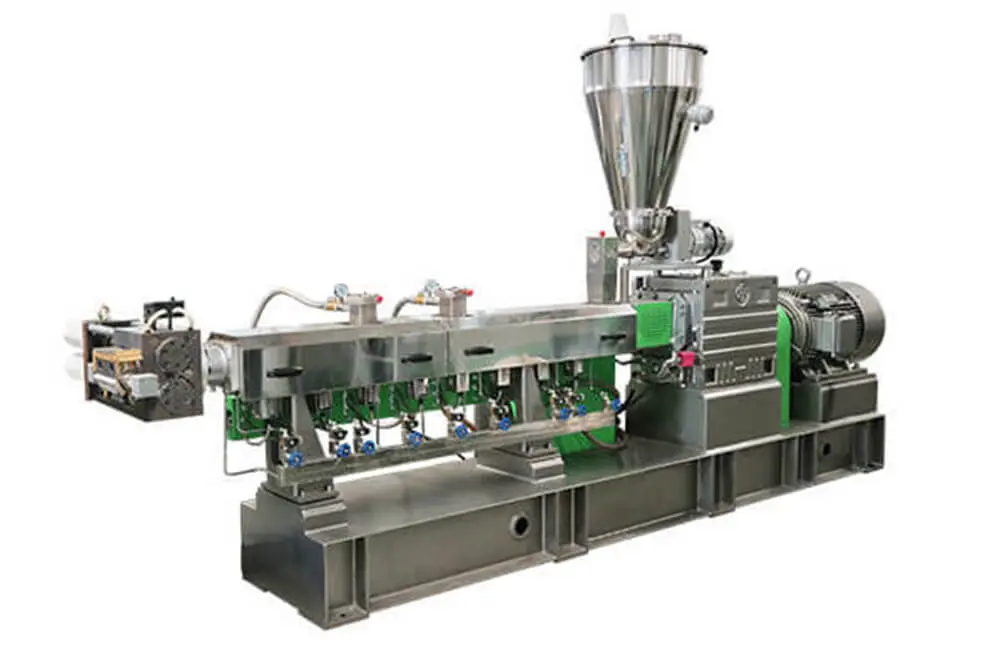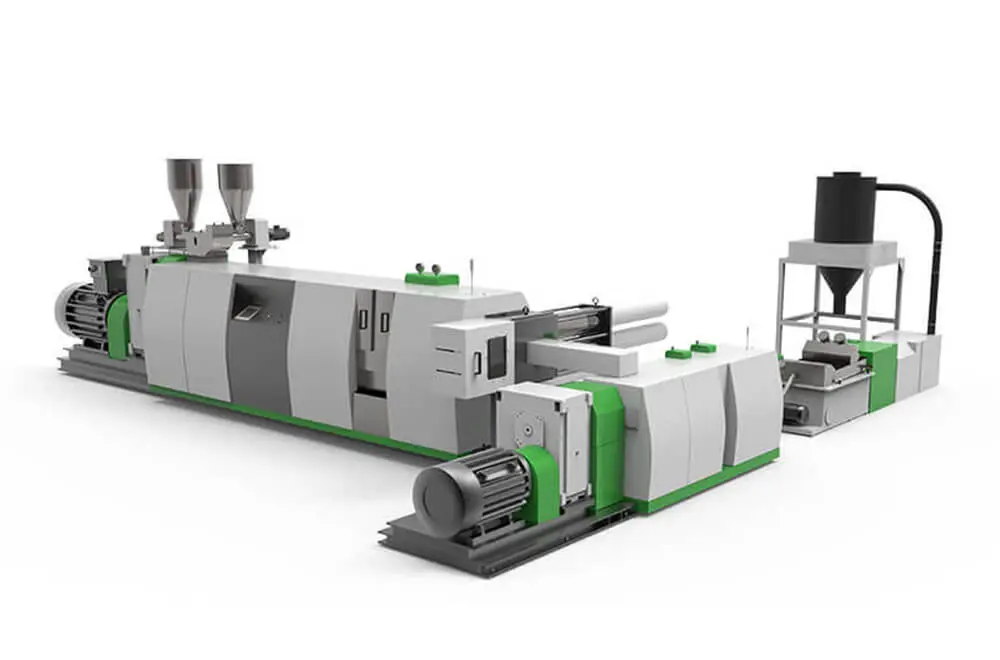In the realm of industrial production, granulators play a pivotal role, particularly in the plastics, chemical, and pharmaceutical industries. This article delves into the characteristics, applications, and key differences between single-stage and two-stage granulators.
Characteristics and Applications of Single-Stage Granulators
Single-stage granulators are predominantly used in processing plastic materials, especially in recycling and reprocessing. Key features include a simple structure, ease of operation, and low maintenance costs. These granulators are ideal for materials that are relatively pure and require minimal processing. They operate by extruding the material through a screw and then cutting it into granules with a blade.

Characteristics and Applications of Two-Stage Granulators
In contrast, two-stage granulators have a more complex structure. They typically consist of two main parts: the extrusion section and the granulation section. These granulators are particularly suited for materials that require finer processing, such as mixed or heavily contaminated plastics. Two-stage granulators offer more effective control over material temperature and quality, producing more uniform granules.

Comparison of Single-Stage and Two-Stage Granulators
- Efficiency and Quality: For complex materials, two-stage granulators provide higher efficiency and better granule quality compared to single-stage granulators.
- Application Range: Single-stage granulators are better suited for high-purity, simple materials, while two-stage granulators cater to a broader range of materials, especially those requiring finer processing.
- Cost and Maintenance: Single-stage granulators have an advantage in terms of cost and maintenance due to their simpler structure.
Expanded Application Scenarios
- Plastic Recycling: Single-stage granulators are commonly used in basic plastic recycling operations, where the purity of the material is relatively high.
- Composite Materials: Two-stage granulators excel in handling composite materials, where separation and uniformity of the final product are crucial.
- Pharmaceutical Industry: In pharmaceutical applications, two-stage granulators ensure consistent particle size, which is vital for drug formulation and quality control.
- Chemical Industry: For chemical compounds that require precise processing, two-stage granulators offer the necessary control over particle size and distribution.
Conclusion
The choice between single-stage and two-stage granulators depends on your specific needs and the type of materials to be processed. For simple, pure materials, single-stage granulators are an economical and efficient choice. For materials requiring more complex processing, two-stage granulators provide higher efficiency and better product quality.
Reproduction is not allowed without permission.:Rumtoo Recycling Machinery » Single-Stage and Two-Stage Granulators: An In-Depth Analysis and Comparison

 Rumtoo Recycling Machinery
Rumtoo Recycling Machinery Inquire now
Inquire now

